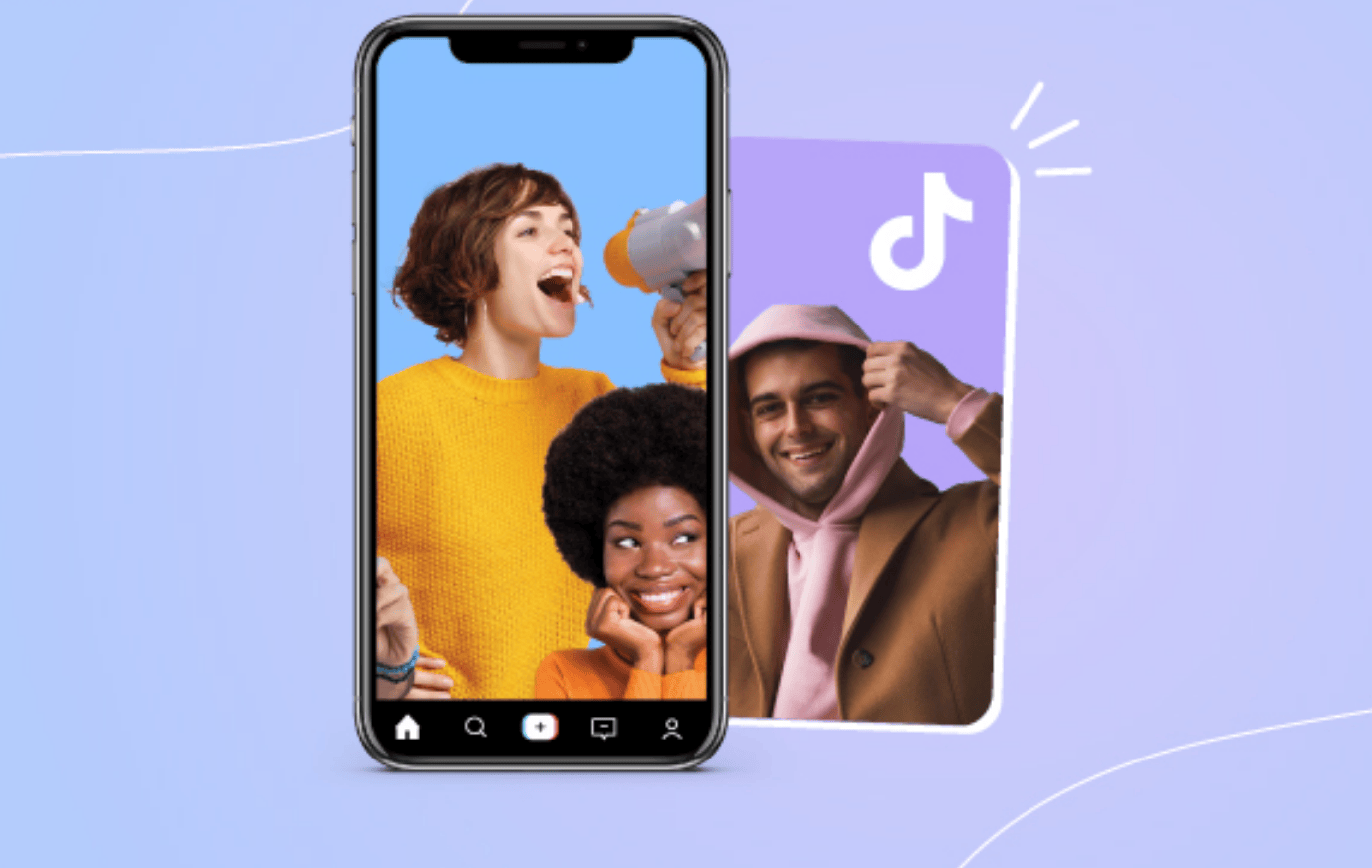Micro‑Influencers: Building Authentic Communities and Driving ROI
.png)
Micro‑influencers—creators with roughly 10,000 to 100,000 followers—have emerged as the unsung heroes of influencer marketing. Their niche focus and relatable content build communities that trust their recommendations. This article explores why micro‑influencers matter, how to collaborate with them and what the future holds for this segment.
Why micro‑influencers matter
Higher engagement and trust. As follower counts grow, engagement rates typically decline. Micro‑influencers buck this trend with engagement rates often between three and eight percent, far above the one‑percent averages of macro‑influencers. Their audiences see them as peers and listen to their recommendations.
Cost‑effective partnerships. Because micro‑influencers have smaller audiences, their rates are more affordable. Brands can partner with multiple micro‑creators for the cost of a single macro endorsement. Diversifying across several voices reduces risk and increases reach across different communities.
Niche targeting. Micro‑influencers specialise in specific areas—vegan skincare, vintage fashion, tech gadgets—so their audiences align closely with certain products. Collaborating with a creator whose followers match your target demographic can yield higher conversion rates than working with a broad‑appeal influencer.
How to work with micro‑influencers
- Identify the right creators. Look beyond follower count. Evaluate engagement rate, content quality, audience demographics and values. Tools like Lemyi and AI‑powered matching platforms can help narrow your search.
- Set clear goals. Determine whether your campaign aims for awareness, engagement or conversions. Define key performance indicators such as clicks, promo code redemptions or follower growth. Share these expectations with your partners.
- Offer fair compensation. Micro‑influencers may accept product samples or modest fees. Negotiate rates that respect their time and creative work. Longer‑term collaborations often offer better value and stronger relationships.
- Provide creative freedom. Authenticity is the micro‑influencer’s strength. Offer guidelines but allow them to speak in their voice. Audiences trust genuine content; overly scripted posts can backfire.
- Track performance. Use unique links and discount codes to measure conversions. Monitor engagement metrics and adjust your strategy based on results. If a creator outperforms others, consider extending the partnership.
Future trends and opportunities
Rise of nano‑influencers. Creators with fewer than 10,000 followers—known as nano‑influencers—offer even more intimate communities. Their recommendations can be highly persuasive within tight‑knit circles. Expect more brands to experiment with nano collaborations to drive hyper‑local or niche conversions.
AI‑driven matching. Emerging tools use machine learning to analyse engagement patterns, audience sentiment and demographic data to match brands with ideal creators. This precision will improve campaign effectiveness and reduce the time spent on manual vetting.
Performance‑based compensation. More collaborations will tie influencer payment to results, such as cost per conversion or revenue share. This aligns incentives and encourages both parties to maximise performance.
Platform diversification. Micro‑influencers thrive across Instagram, TikTok, YouTube and emerging platforms. Brands should tailor content to each network’s format—short‑form videos on TikTok, tutorial reels on Instagram or deeper dives on YouTube.
Micro‑influencers offer a compelling blend of authenticity, affordability and conversion power. Their niche focus builds communities that trust their recommendations, driving higher engagement and better ROI than many macro partnerships. By identifying the right partners, setting clear goals, offering creative freedom and leveraging data to refine strategies, brands can harness micro‑influencers to drive growth. As AI and performance‑based models evolve, expect micro‑influencer marketing to become even more efficient and impactful. For additional resources on influencer strategy, visit LEMYI.
Recent Post

12
Sep
How TikTok UGC Turns Browsers into Buyers in Southeast Asia
Learn how TikTok UGC is powering e-commerce growth in Southeast Asia. Discover why authentic creator content boosts trust and conversions, and how brands can scale campaigns with Lemyi.
.png)
28
Jul
AI vs Human UGC: What’s Best for Brands in 2025?
Explore AI vs human UGC in 2025. Learn why authentic human content outperforms synthetic content, how AI can support creators, and how Lemyi helps brands get the balance right.
